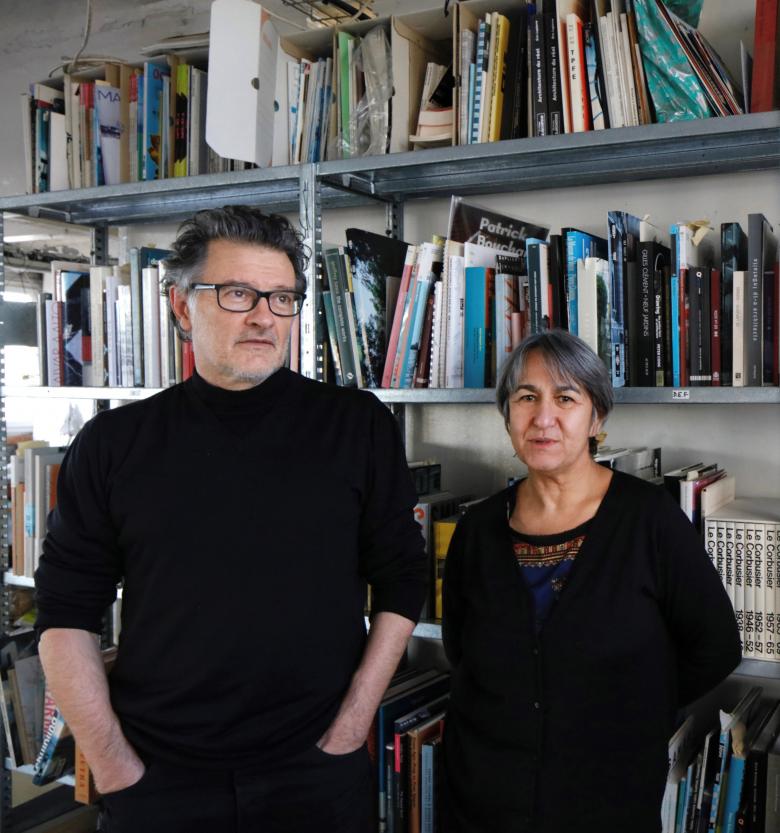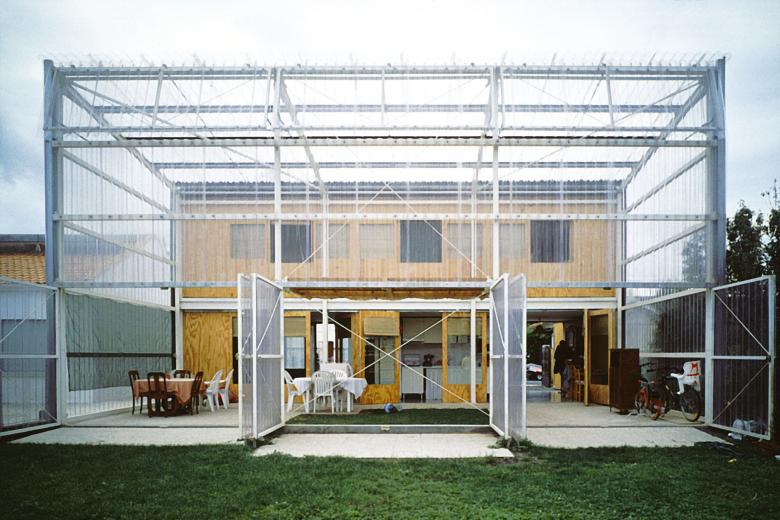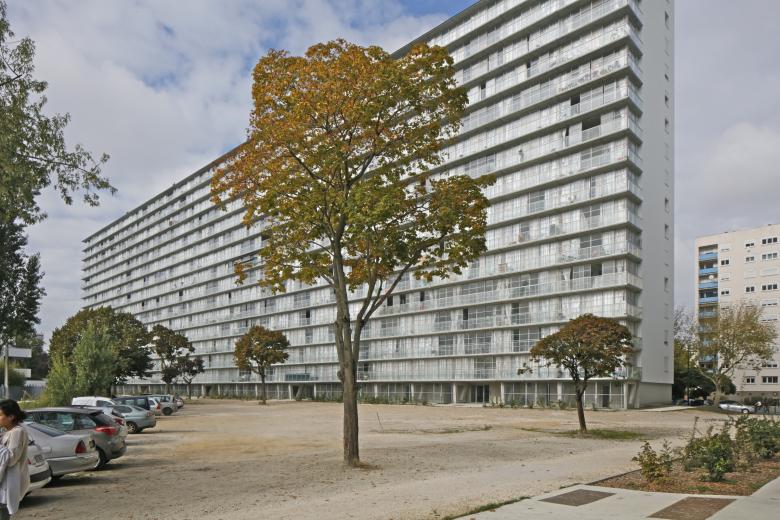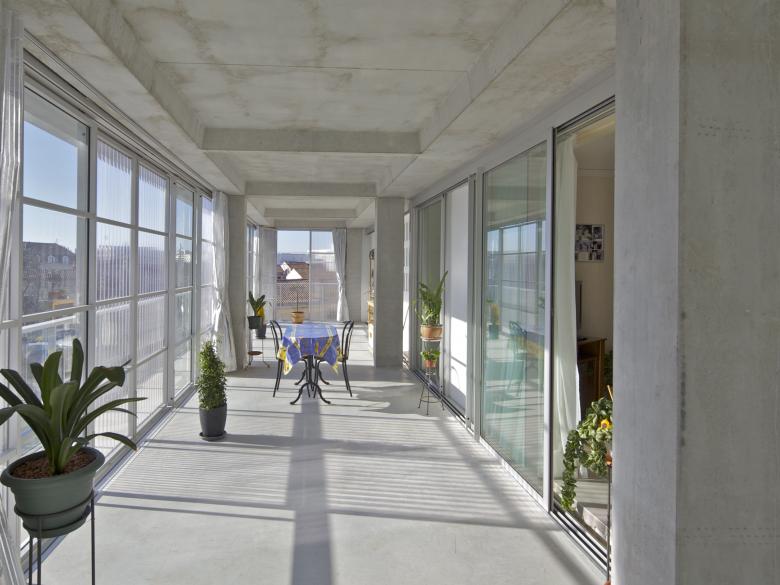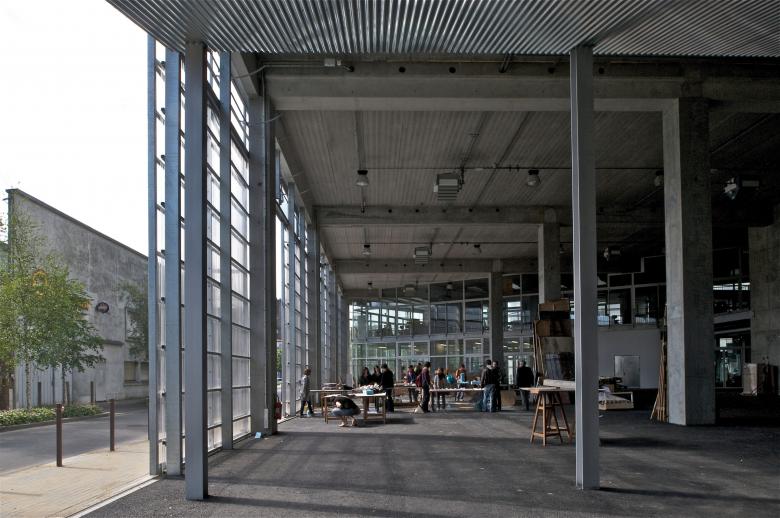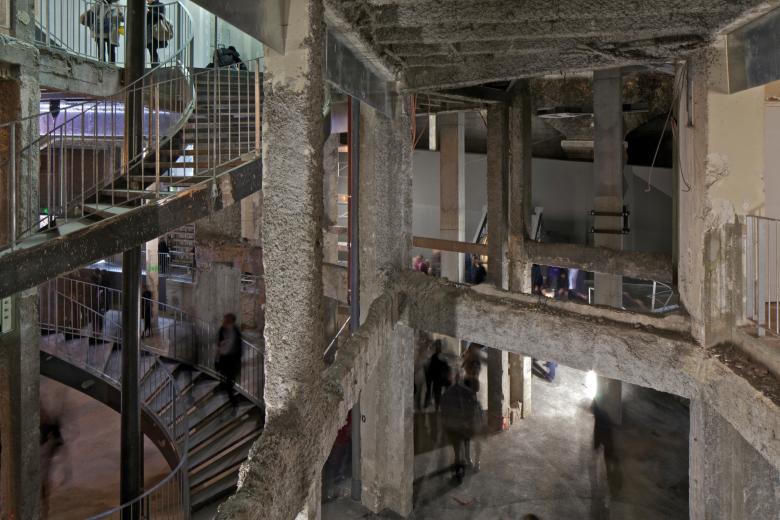2023 Soane Medal Goes to Lacaton & Vassal
John Hill
28. November 2023
Philippe Vassal and Anne Lacaton (Photo: Philippe Ruault)
Lacaton & Vassal, the French architecture practice of Anne Lacaton and Jean-Philippe Vassal, has been named the recipient of the 2023 Soane Medal, given out by Sir John Soane's Museum in London.
Lacaton & Vassal have been much lauded in the six years since Sir John Soane's Museum created the Soane Medal in 2017 to “[recognize] architects, educators and critics who have made a major contribution to their field through practice, history or theory, and in doing so have furthered and enriched the public understanding of architecture.” Most notably, the duo received the EUmies Award in 2019 for the Transformation of 530 Dwellings - Grand Parc Bordeaux (with Frédéric Druot and Christophe Hutin) followed Pritzker Architecture Prize in 2021. The 2019 award recognized the duo's ability to use “minimum means to achieve a maximum effect” and the 2021 prize singled out their “reverence for pre-existing structures.”
Similarly, the statement for this year's Soane Medal points out how Lacaton & Vassal's “resourceful repurposing of materials and existing structures” leads to transformations that “[prioritize] the needs of residents and local communities, while remaining sensitive to environmental concerns.” In a further linking of Lacaton & Vassal's work to the medal's mission, the statement describes how “the pursuit of continued architectural improvement underpins their work, demonstrating the importance of architecture in people’s lives.”
Maison Lapatie, Bordeaux, France, 1993 (Photo: Philippe Ruault)
Lacaton and Vassal received the prize at Sir John Soane's Museum on the evening of November 28, giving a lecture (embedded at bottom) in which the couple described their design philosophy, the trajectory of their practice, and a few of their notable projects in depth. Although they are known for the recent winter-garden transformations of old public housing projects in Bourdeaux and other parts of France, the ideas behind them are found early in their work, particularly in the Maison Lepatie. Faced with a budget suitable for an area one-third the desired size, Lacaton and Vassal created a winter garden (photo above) with low-cost materials that “take the energy of the sun,” as Vassal recounted in the lecture, to create a place for living.
Tranformation of 530 Dwellings at Grand Parc in Bordeaux, France, 2017; by Lacaton & Vassal with Frédéric Druot and Christophe Hutin (Photo: Philippe Ruault)
Lacaton, speaking after Vassal, described their project at Grand Parc in Bordeaux, which consisted of the transformation of 530 dwellings across three large buildings. The architects' awareness of the people living in the existing buildings was enriched by literally going inside: “It's touching to see how people take care of their spaces, giving them a value and richness,” Lacaton said. Instead of renovating three buildings, in other words, Lacaton and Vassal saw the project as “changing the living spaces of 530 families,” something they managed to do without displacing any of the residents during construction. The same thinking — transform, don't destroy; focus on the positive, not the negative; build double — carries through to their cultural and institutional projects, including the multi-phase Palais de Tokyo in Paris, FRAC Nord-Pas de Calais in Dunkirk, and the School of Architecture in Nantes.
Tranformation of 530 Dwellings at Grand Parc in Bordeaux, France, 2017; by Lacaton & Vassal with Frédéric Druot and Christophe Hutin (Photo: Philippe Ruault)
“Lacaton & Vassal’s priority is to avoid unnecessary waste by transforming buildings in ways that will be beneficial for the occupants, the local community and its ecology. By doing so, they have quietly produced some of the most important buildings of our time. All their projects are defined by the needs and wishes of the people who will use them, and their personal responsibilities as architects.”
School of Architecture, Nantes, France, 2009 (Photo: Philippe Ruault)
Lacaton & Vassal is the sixth recipient of the Soane Medal, following:
- 2022: Peter Barber
- 2021: Marina Tabassum
- 2019: Kenneth Frampton
- 2018: Denise Scott Brown
- 2017: Rafael Moneo
Palais de Tokyo, Paris, France, 2014 (Photo: Philippe Ruault)
Watch Philippe Vassal and Anne Lacaton's lecture at Sir John Soane's Museum, which is followed by a Q&A with jury chair Alice Rawsthorn and questions from the in-person audience:
